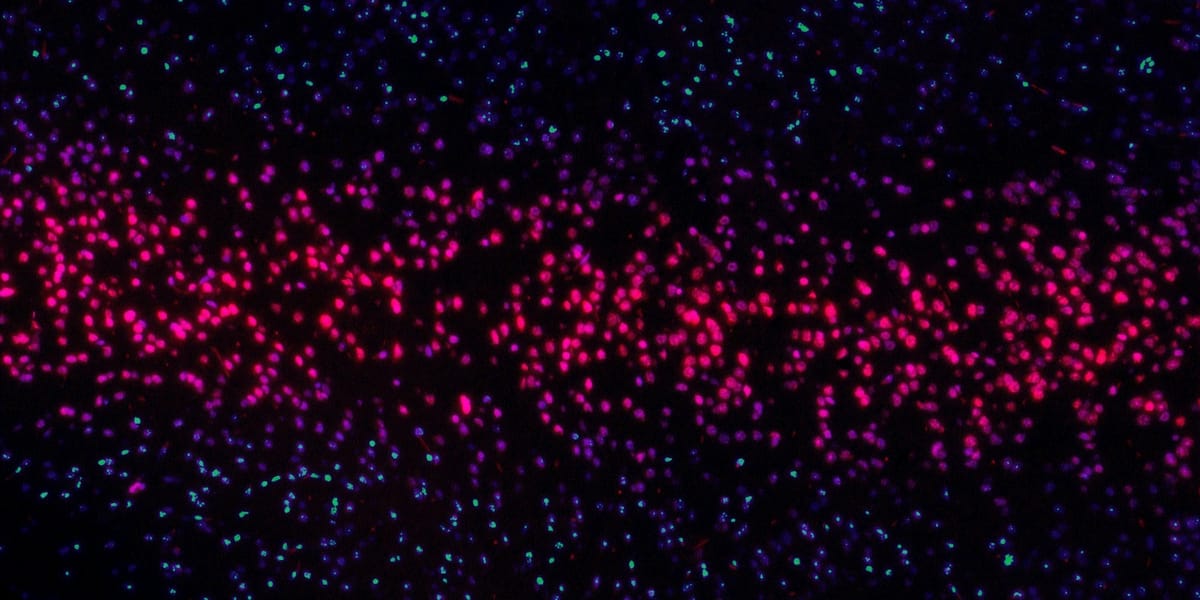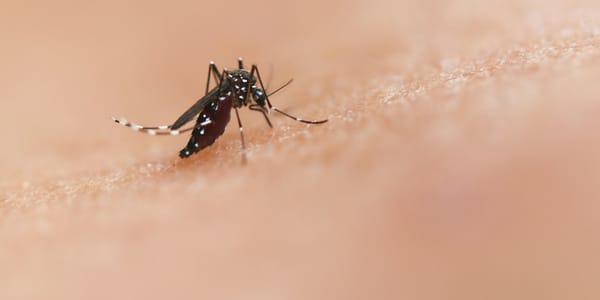Gene Editing and the Quest for an HIV Cure

The global fight against HIV/AIDS has achieved great victories. Antiretroviral therapy (ART) has transformed HIV from a death sentence to a manageable condition. Now, research in 2024 is moving beyond mere management, aiming for a scenario where people living with HIV could achieve long-term remission, potentially without the need for daily medication. The frontier of this exciting research? Gene editing and advanced cell therapies.
A New Kind of Battleground: Our Own Genes
Scientists are looking directly at our genetic code as a way to outsmart HIV. The key areas of interest are:
- Mimicking Natural Resistance: A small fraction of people have a natural mutation in their CCR5 gene, a receptor HIV uses to enter cells. Using gene-editing tools like CRISPR, researchers can attempt to replicate this mutation in a person's immune cells, potentially granting them HIV resistance.
- Supercharging Immune Cells: Instead of altering cell receptors, researchers are directly engineering a person's immune cells to seek out and destroy HIV-infected cells. These customized cells are then reintroduced into the patient, giving their immune system a potent weapon against the virus.
The Promise of a Functional Cure
The ultimate aim of these therapies isn't necessarily to wipe out HIV completely, but rather to achieve a "functional cure." This means that someone living with HIV might be able to stop ART without their viral load rebounding. Their immune system, bolstered by gene editing or cell therapy, would independently keep the virus in check.
From Lab to Reality: Recent Breakthroughs
The field is buzzing with recent developments offering a tantalizing glimpse into the future of HIV treatment:
- The "City of Hope" Patient: A man with leukemia received a stem cell transplant containing the CCR5 mutation in 2019. Years later, he remains in HIV remission, fueling optimism for gene-editing as a viable approach.
- Ongoing Clinical Trials: Researchers around the globe are rigorously testing various gene-editing and cell therapy techniques in people living with HIV. These trials will be critical in determining safety, long-term effectiveness, and how widely these treatments might be applied.
Challenges and Considerations
While the potential is immense, these therapies remain experimental:
- Safety: Changing the genetic makeup of cells carries risks. Extensive investigation is needed to guarantee these techniques are safe before widespread use.
- Long-Term Effects: Whether this kind of HIV suppression is durable over years or even decades requires further research.
- Accessibility: If successful, making these complex, personalized treatments affordable and widely available worldwide will be another significant hurdle.
Looking to the Future
A definitive cure for HIV might still be down the road, but the unprecedented progress in 2024 and beyond gives us genuine reason for hope. While ART remains the cornerstone of HIV management today, gene editing and cell therapies offer the possibility that HIV could become a chronic condition tackled with cutting-edge interventions, rather than a lifelong need for daily medication.
Research Sources
- Timothy J Henrich, Pablo Tebas. CCR5-Targeted Gene Therapy for HIV Cure (https://pubmed.ncbi.nlm.nih.gov/33098897/). JAMA.
- Sarah R. Scholler, Bryan E. Jones, Brandon P. Kieffer, et al. Safety and tolerability of B-cell maturation antigen chimeric antigen receptor T cells with CRISPR-edited C-C chemokine receptor type 5 gene disruption in adults with relapsing or refractory multiple myeloma. Nature Medicine.
The battle against HIV/AIDS continues, but gene editing and cell therapies offer cutting-edge tools that could bring about a world where living with HIV means long-term remission rather than lifelong treatment.



